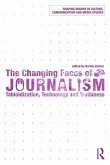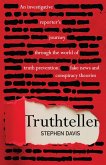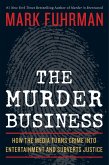There have been many racially motivated murders in Britain in recent years that have received little media attention or public expressions of concern. The 1993 murder of 18-year-old Stephen Lawrence, a black student, proved to be very different. Through time and growing media interest, the name of Stephen Lawrence became a potent symbol and catalyst for change. This particular killing prompted widespread re-examination of questions of (in)justice, cultural identity, and continuing racism in British society, and it eventually initiated processes of institutional reflexivity, including government policies targeting institutional racism within Britain's most powerful organizations of state and civil society. This book examines the media's role in performing the Stephen Lawrence case over the ten-year period since Lawrence's murder. Developing the framework of mediatized public crisis, this book carefully examines how and why the British and international media turned the Stephen Lawrence case into a watershed moment with potentially transformative effects. To understand this, we need to attend to the expressive possibilities of symbols and journalism forms, the dynamics and contingencies that inhere within both politics and narrative, as well as the strategic interventions of involved interests and identities. This important book provides new insights into how and why the media report and, occasionally, perform issues of race in ways that can unleash moral forces for social change. Includes many newspaper images from the British press; a list of racially motivated murders from 1970 to 2003; a detailed chronology of the Stephen Lawrence case; and the Macpherson recommendations and social reforms.
Hinweis: Dieser Artikel kann nur an eine deutsche Lieferadresse ausgeliefert werden.
Hinweis: Dieser Artikel kann nur an eine deutsche Lieferadresse ausgeliefert werden.








